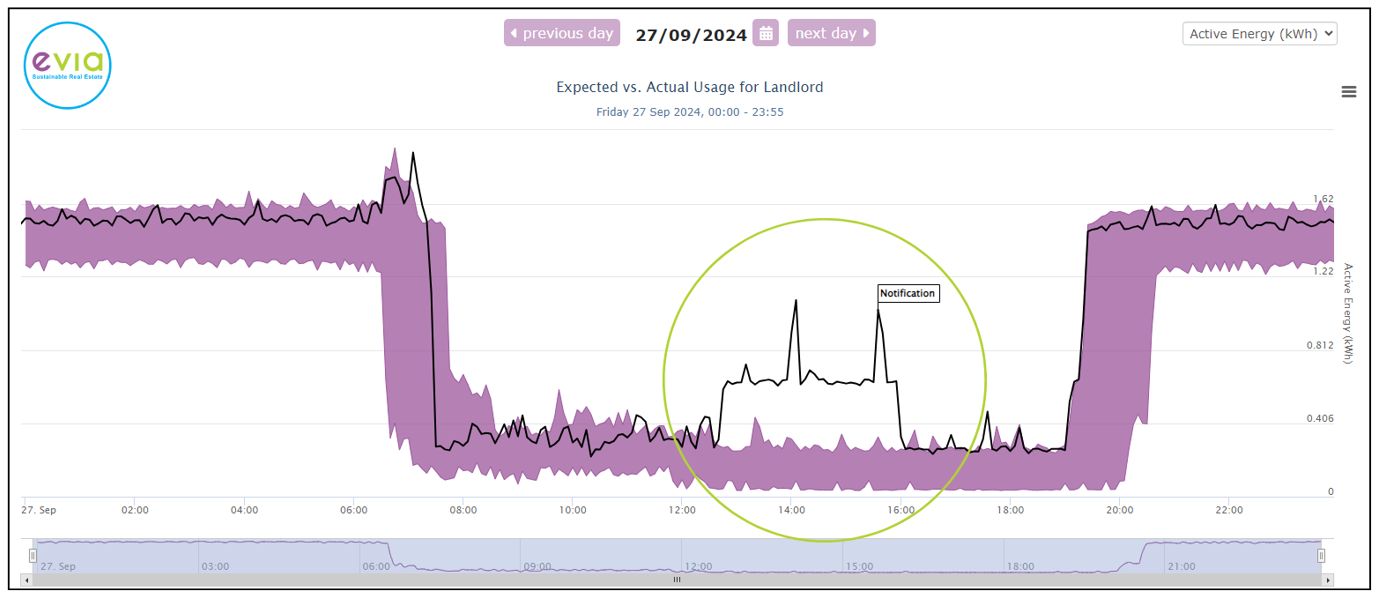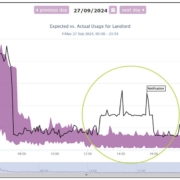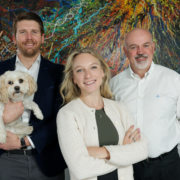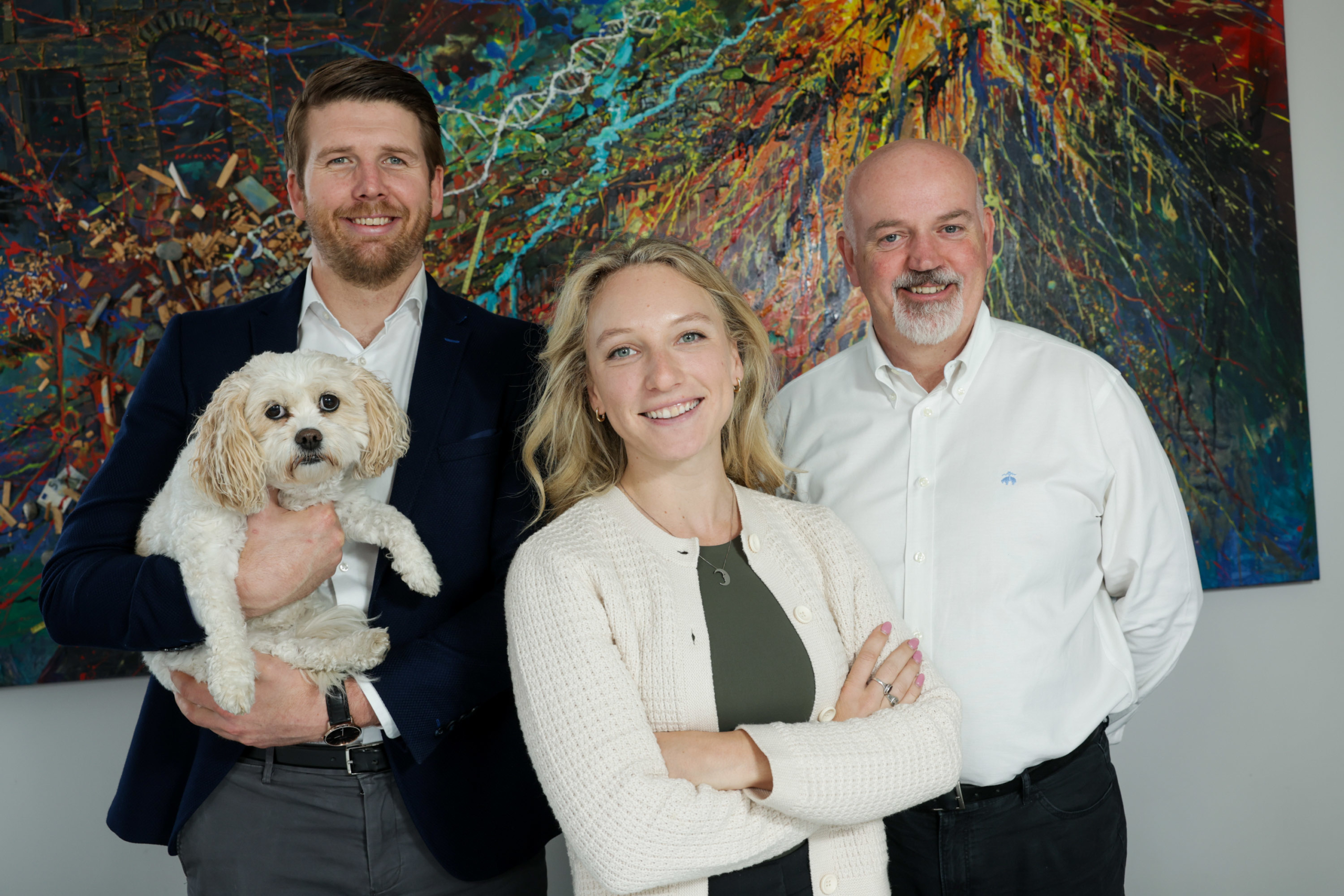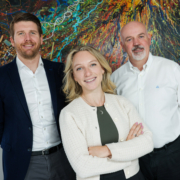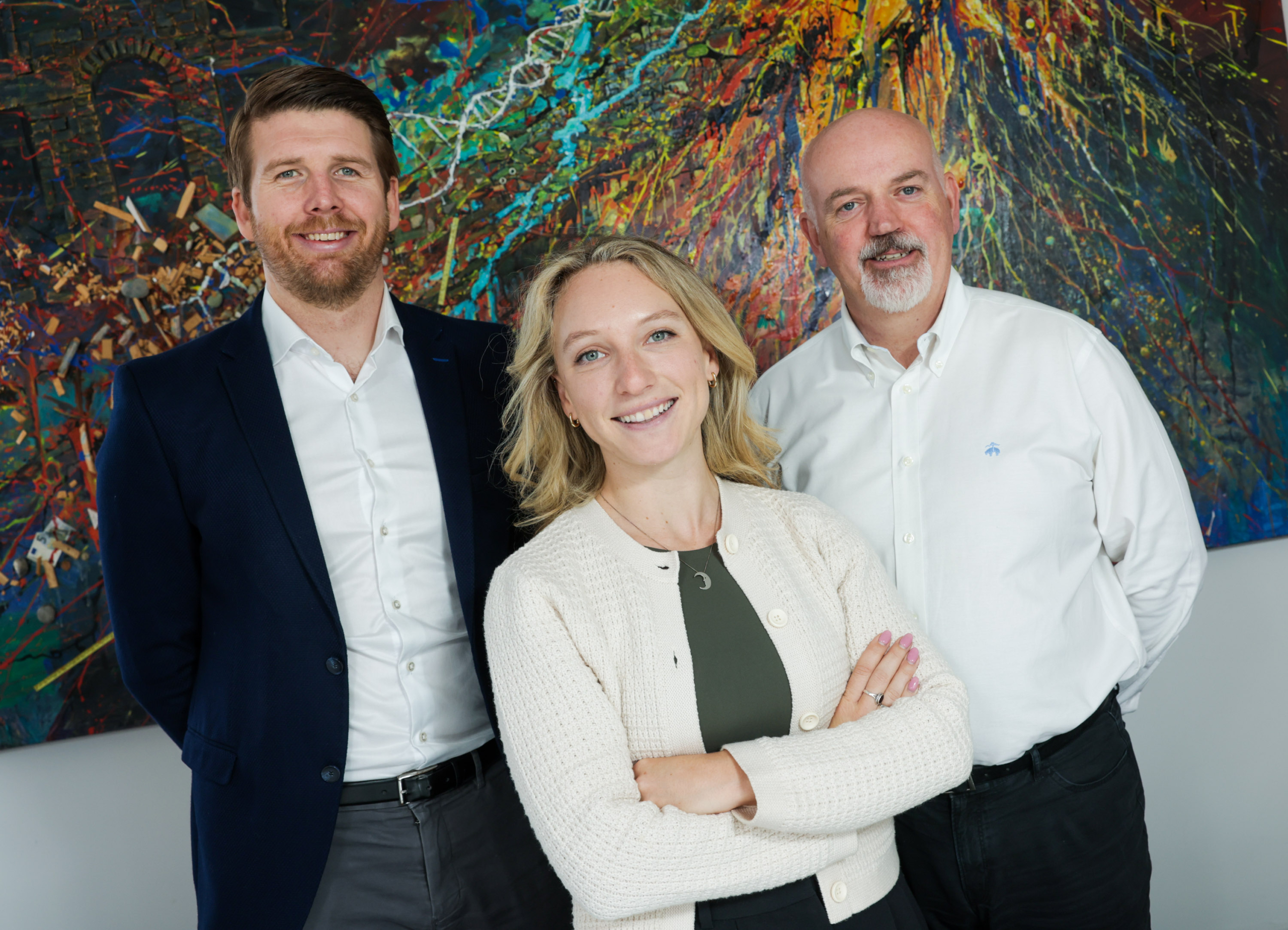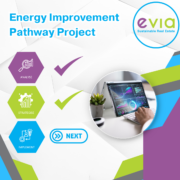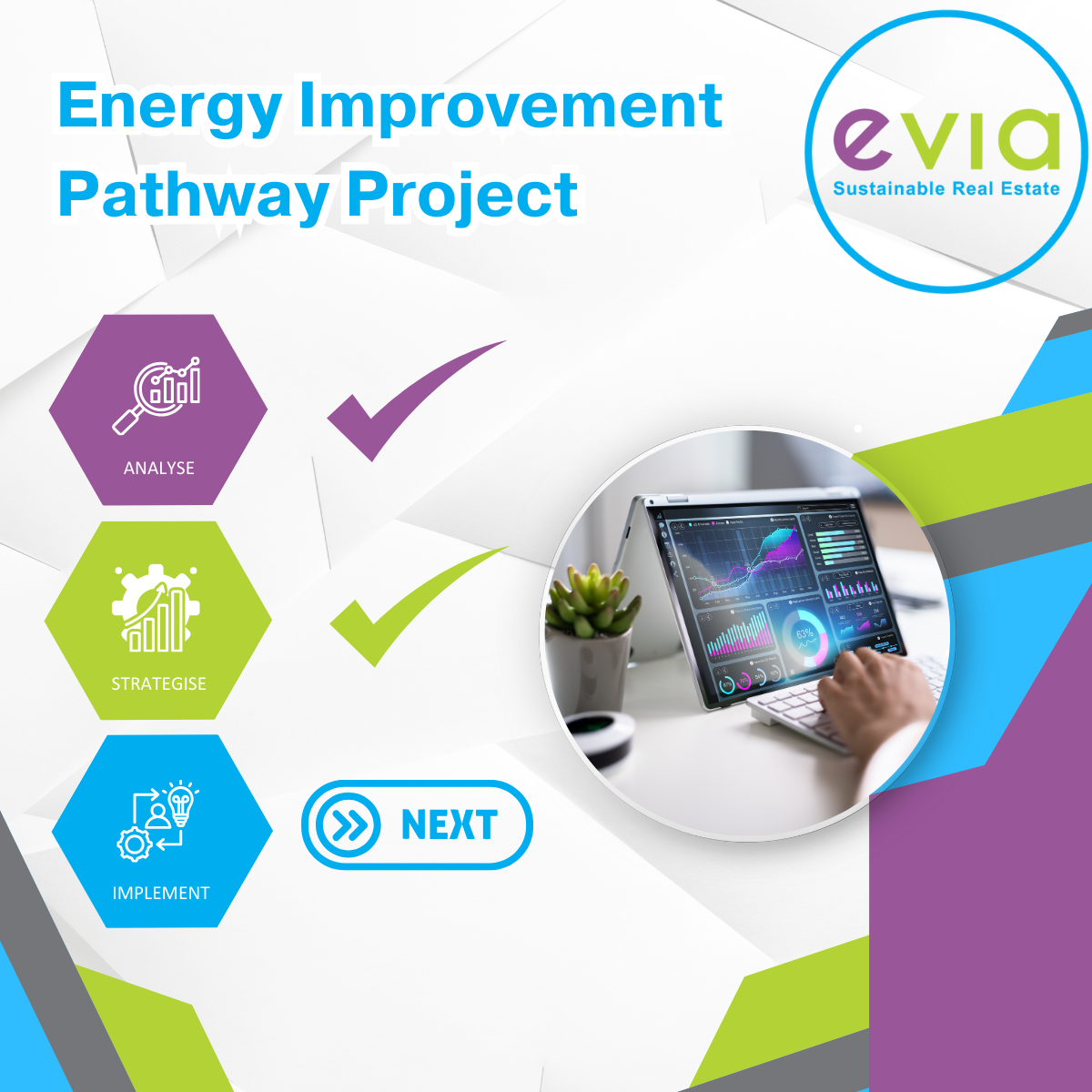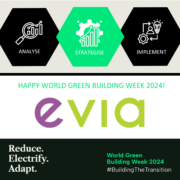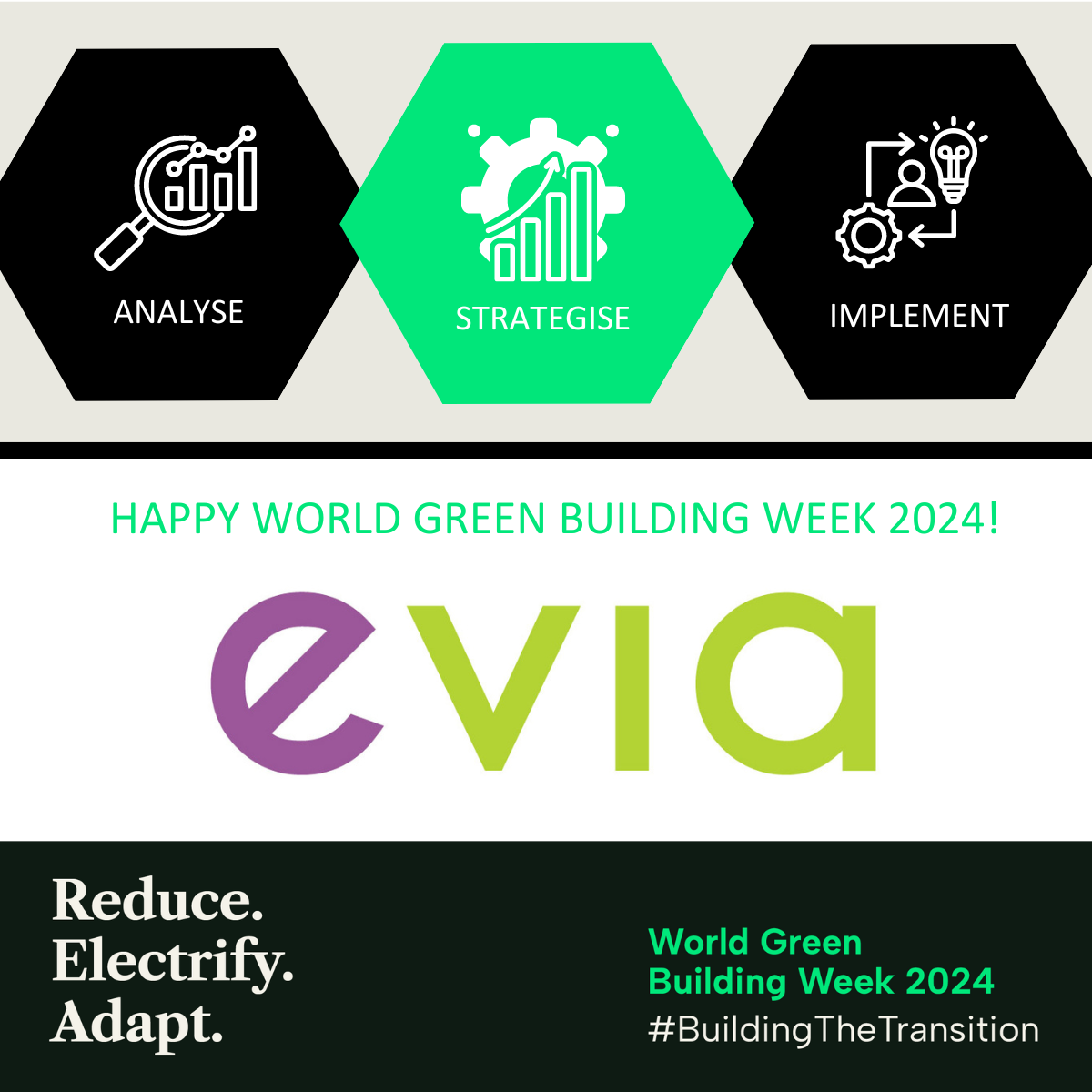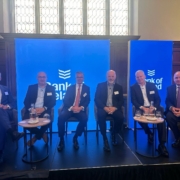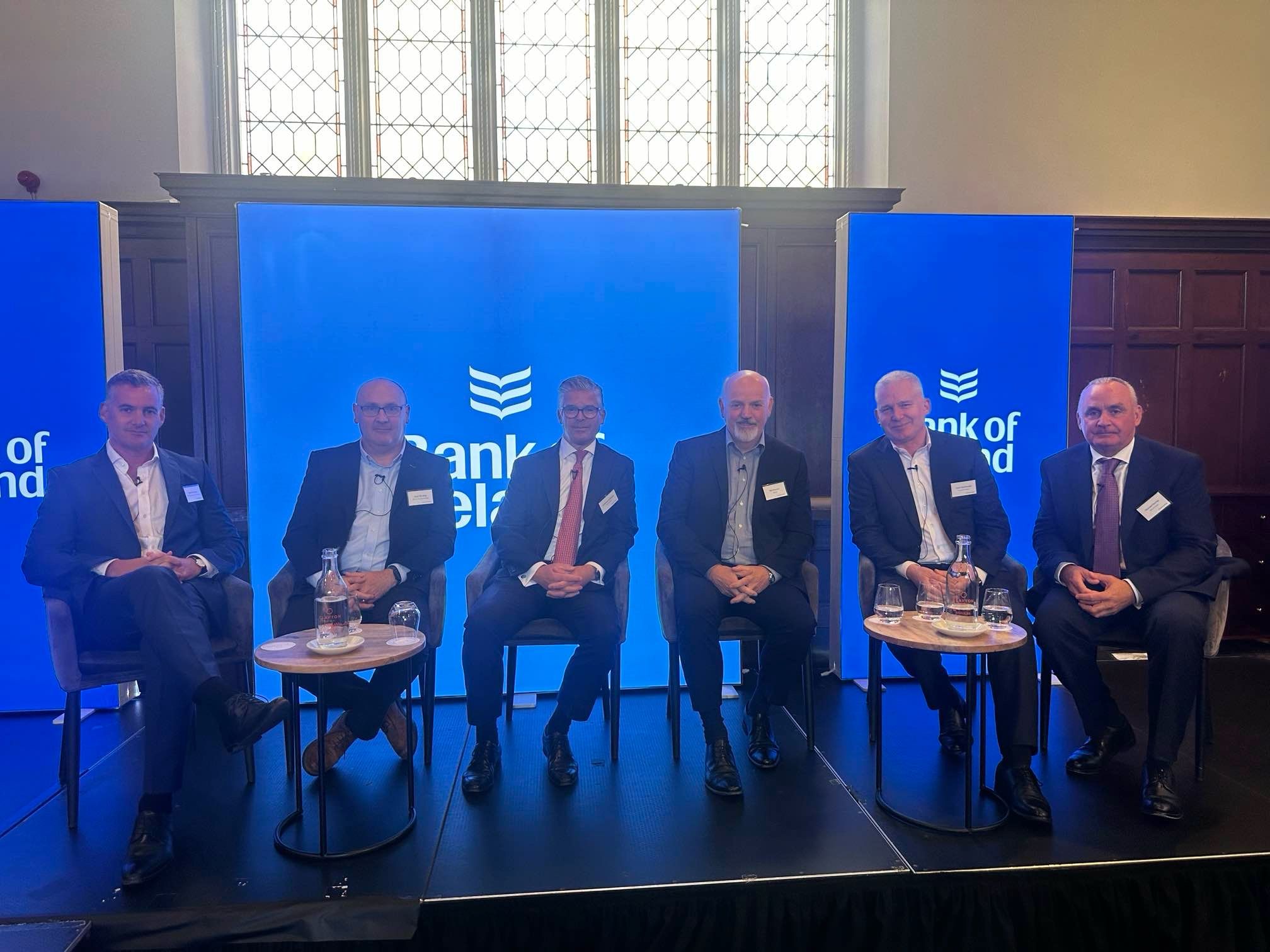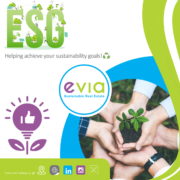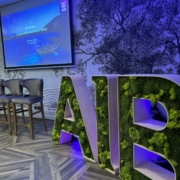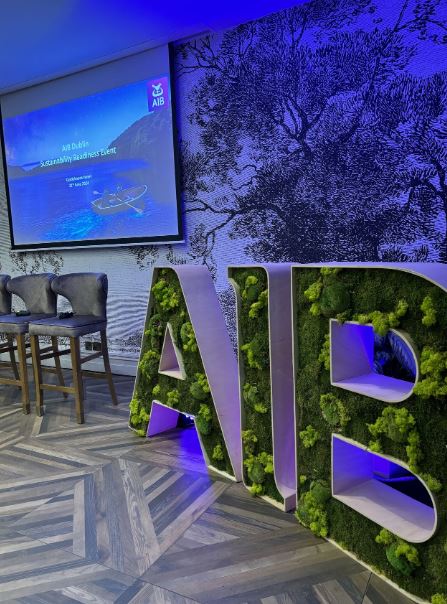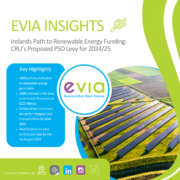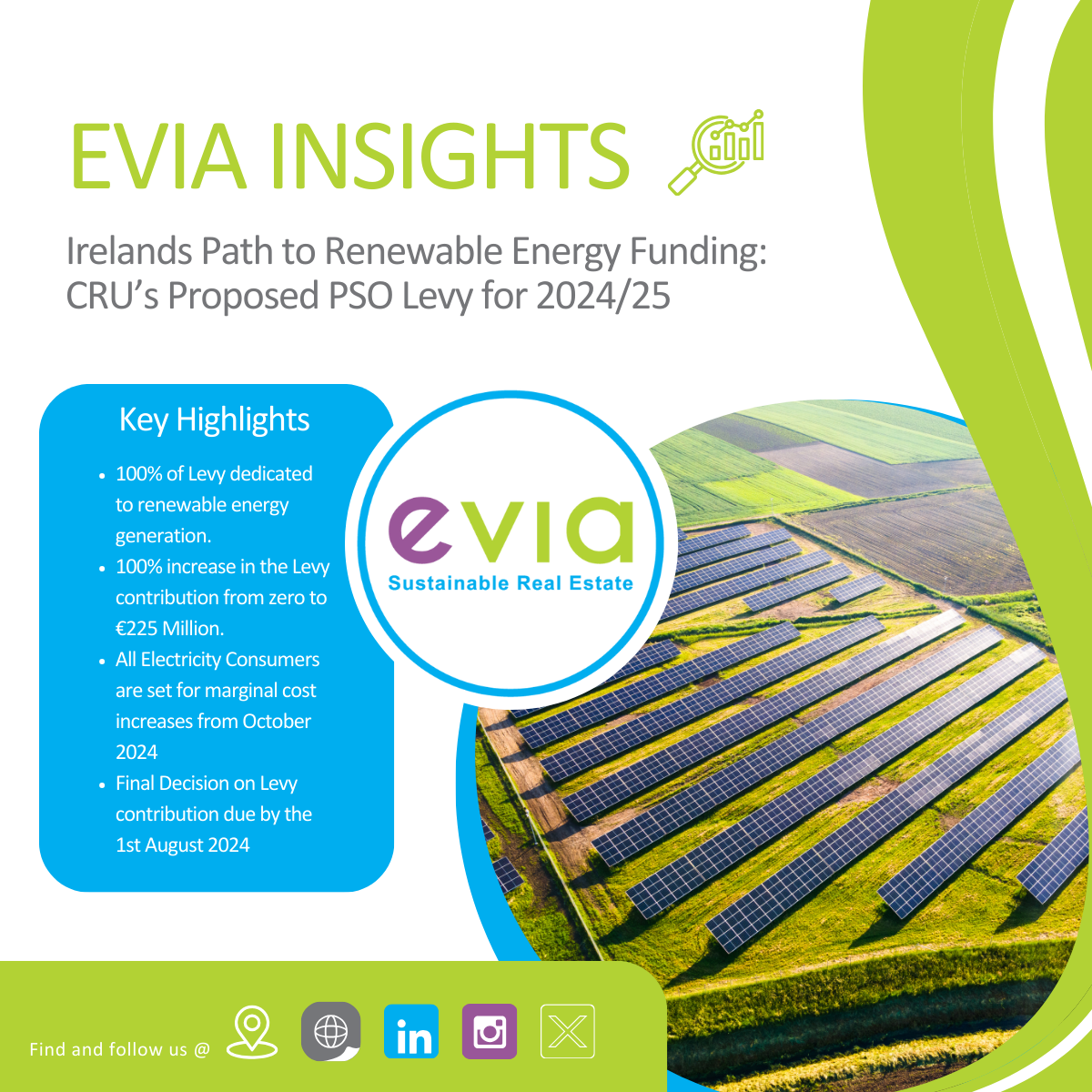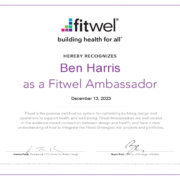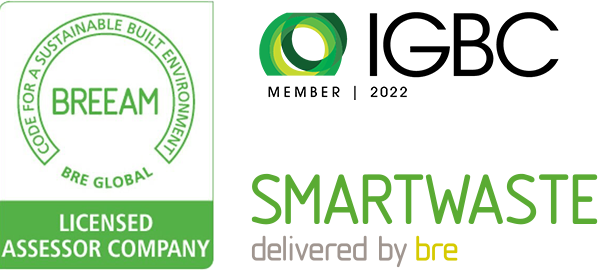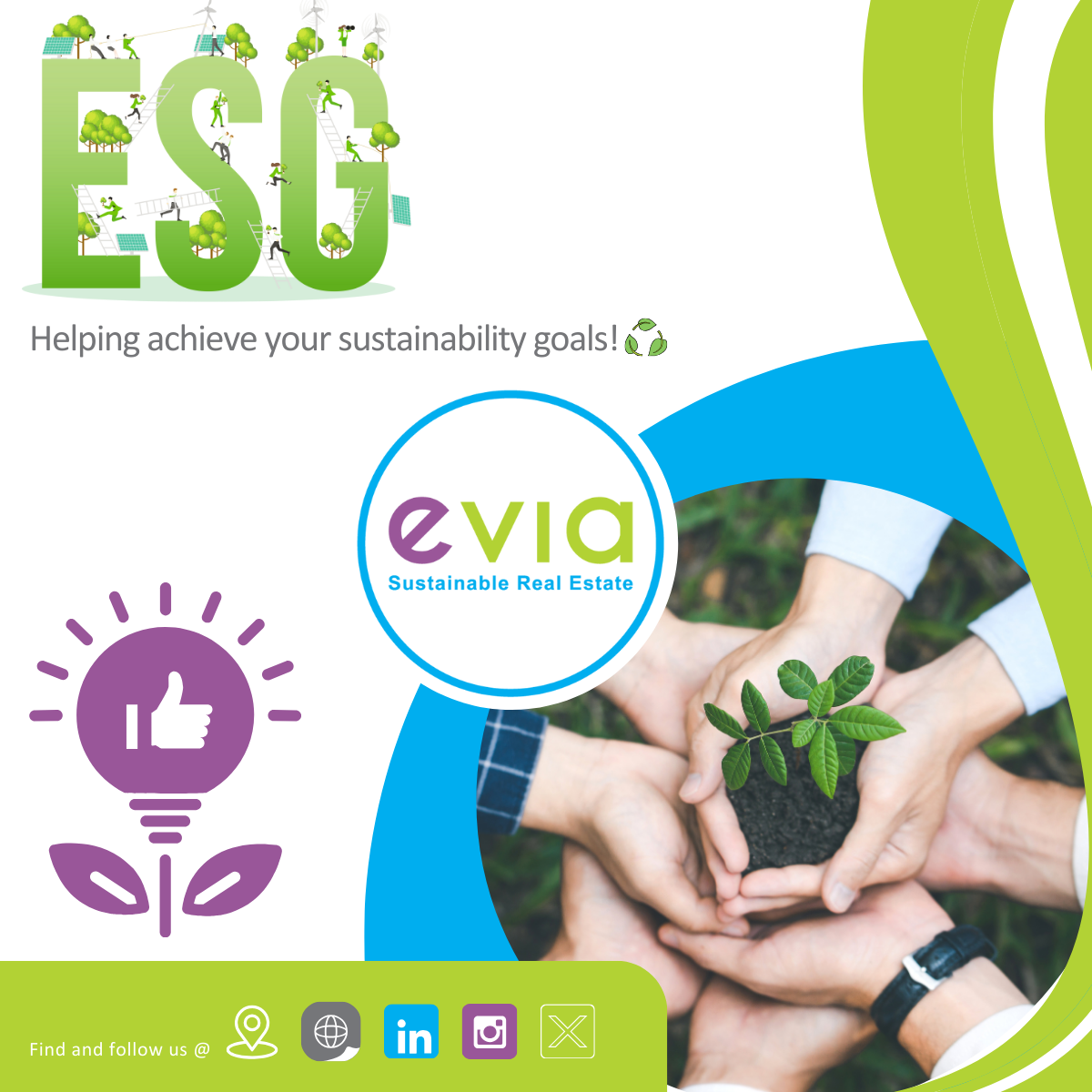
ESG (Environmental, Social, and Governance) promotes the implementation of guidelines and policies associated with sustainability, social responsibility, and ethical principles within a business. It encourages all sectors within the real estate industry, from developers to asset managers, to adopt sustainable practices.
The concept of ESG reporting has evolved since the late 20th century and is now a critical component of business planning. BREEAM, for example, one of the largest providers of green building certifications, was established in 1990. In recent years, investors, asset managers, and financial regulators have shown increased interest in ESG factors to mitigate risks, enhance long-term performance, and promote sustainable economic development. Real estate investments are long-term commitments, making ESG reporting crucial for ensuring the sustainability of assets.
ESG promotes transparency and accountability in the investment process. There continues to be significant demand from investors and asset managers to incorporate ESG reporting in their future endeavours. Many large pension funds and international investors aim to make their portfolios ‘greener,’ which improves investment viability and constructs an appealing asset management model, attracting future funding and support.
At Evia, we specialise in developing customised strategic ESG pathway reports to help our clients achieve their sustainability goals. Our skilled consultants oversee all aspects, from managing resources and mitigating risks to delivering projects on time and on budget. We take a holistic approach to our review, ensuring our solutions align with the realities of property ownership by considering factors such as lease profiles, building values, lender requirements, and occupier preferences.
Our process begins with comprehensive data collection and analysis to benchmark performance and identify improvement opportunities. We then collaborate with our clients to set measurable objectives and develop a targeted sustainability strategy, ensuring stakeholder engagement and the integration of cutting-edge technologies.
During the implementation of the strategy, we ensure efficient execution, continuously monitor performance, and provide regular updates. We are committed to long-term relationships, conducting regular assessments to compare sustainability outcomes to original strategy targets, ensuring continuous improvement and success. Additionally, we will investigate any available SEAI grant funding for your projects to maximise financial support and sustainability outcomes.
If you have any questions or need support with your sustainability initiatives, please reach out to us.
We are here to assist you every step of the way.
